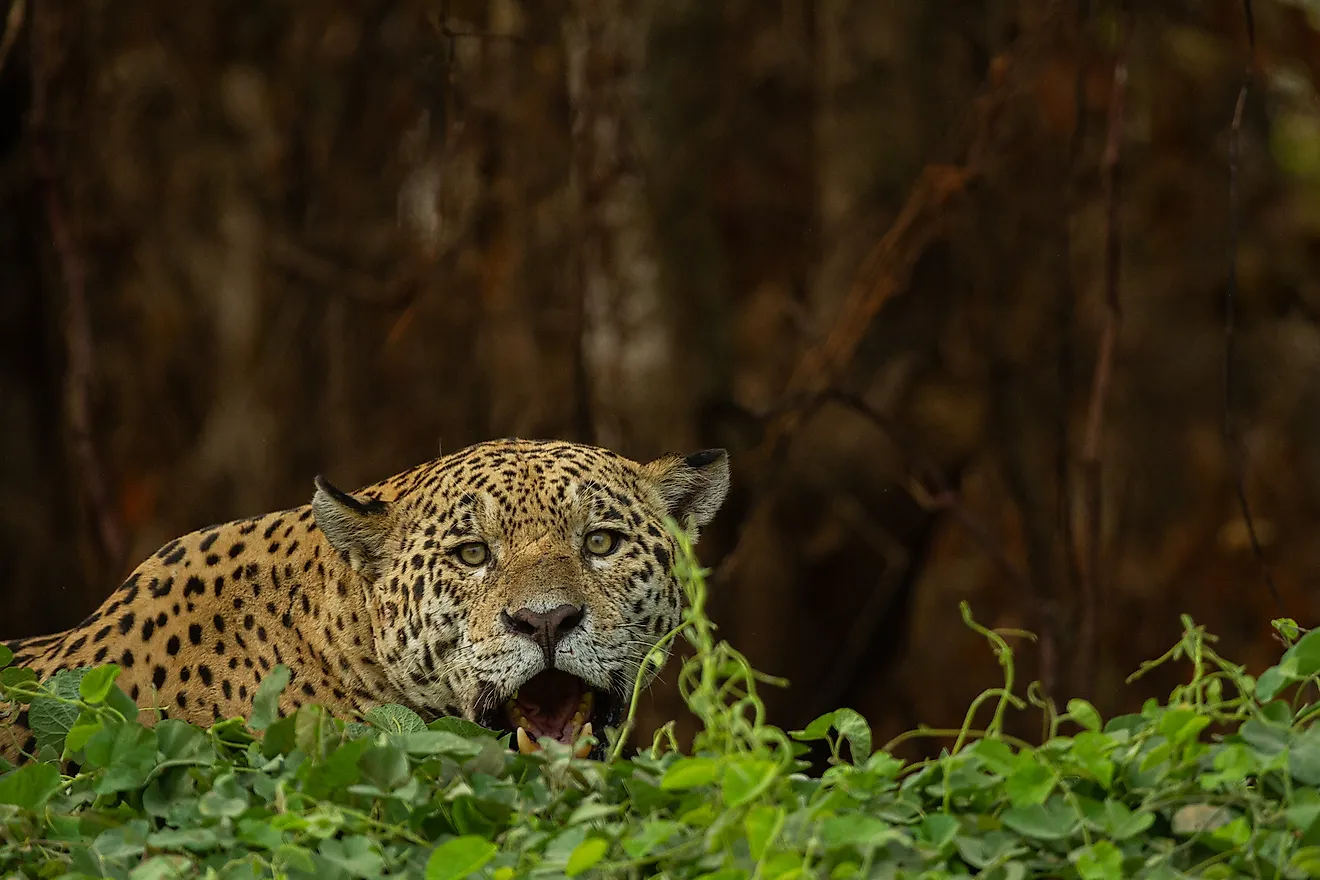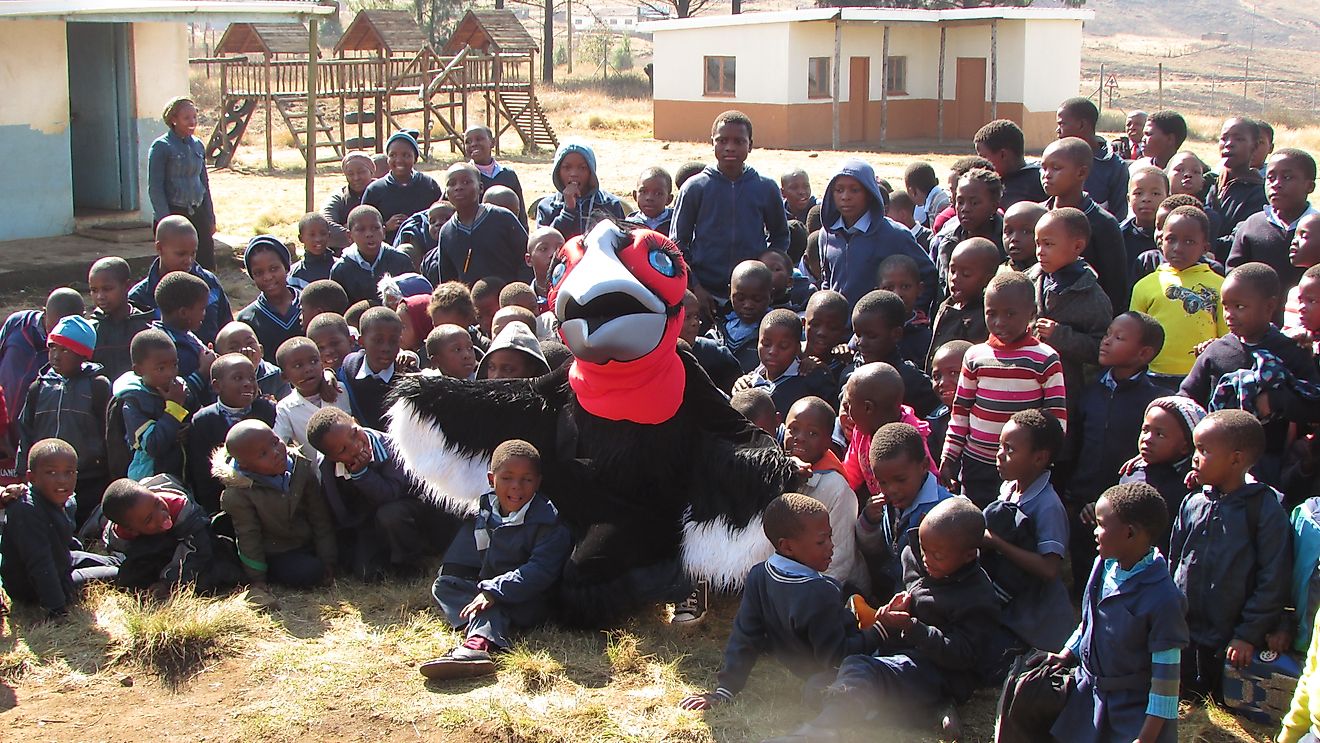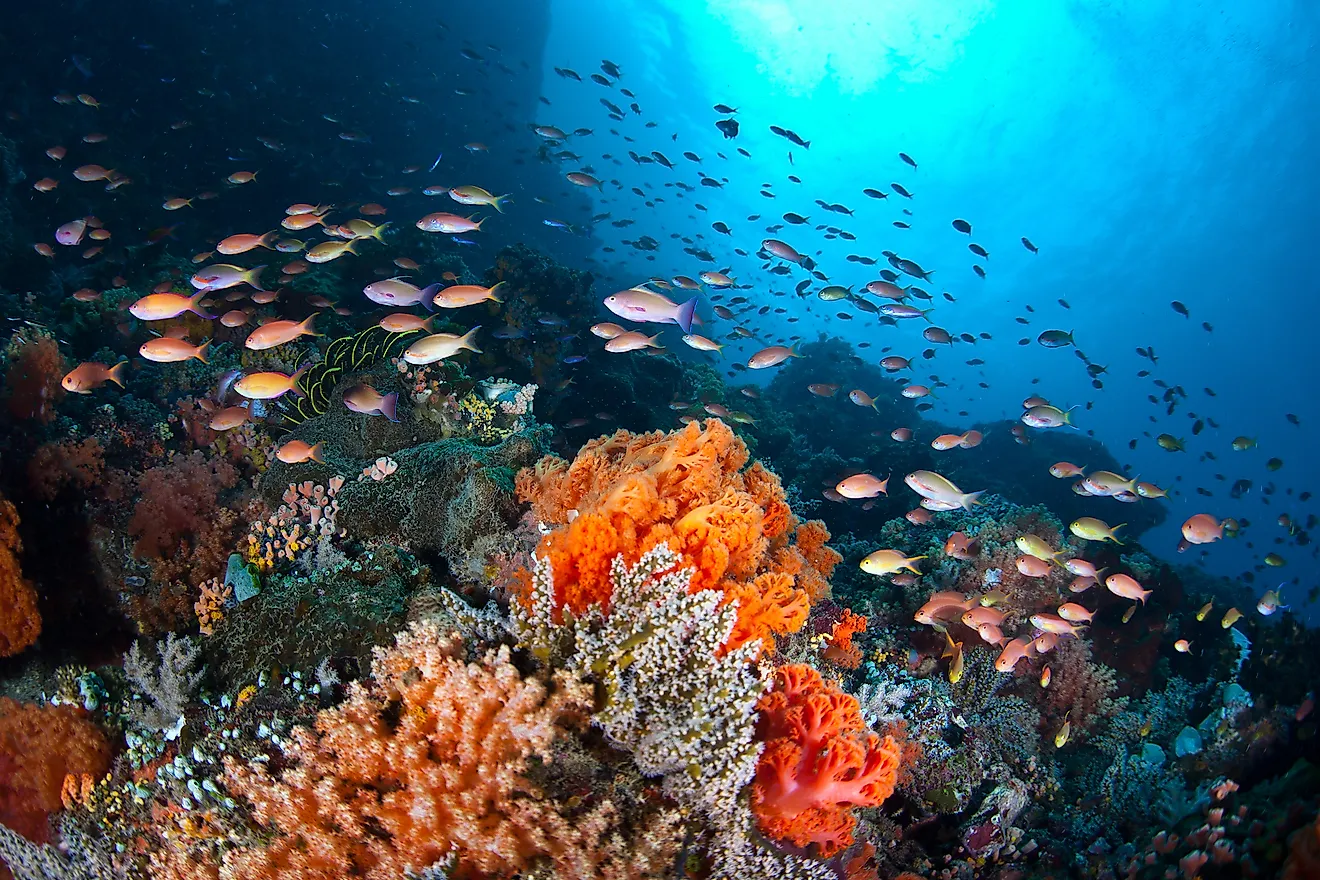Native Reptiles Of India

India is home to around 521 known species of reptiles. Some of these species are endemic to India, as others are migratory or human-introduced. Gharials and many species of cobras, lizards, tortoises, and other reptiles all call India their home. Some of these species like the gharials face a significant threat of extinction, with very few individuals still surviving in the soils of India. It also one of the longest crocodilians found in India.
Gharial (Gavialis gangeticus)
Gharials are light olive in color with speckles on their heads, bodies, and tails. Their bodies become dark when they reach twenty years of age. Their necks are long and thick. Fingers are short and have thick webs. They grow up to a length of 4.5 meters, and the young ones may reach 1 meter in length after 18 months. Their snouts are long and narrow with sharp teeth that thicken and shorten as the animal becomes old. Their flat tails and webbed feet help them to move in their deep water habitats. On land, the male gharial cannot walk upright like other crocodiles but instead they slide forward on their bellies. They are predominantly aquatic and found in a calmer, deeper area of fast-flowing water. They nest and bask in groups on exposed river banks daily, except when it is raining. In the cold seasons, they relax throughout the day and in the warm summer season they avoid basking at midday. They attain sexual maturity at around 13 years old and start to grow the snout. They call the males through hissing and buzzing, and raise their noses up to show that they are ready for mating. Adult gharials mainly feed on fish as the young ones feed on insects, tadpoles, frogs and small fish. Primary threats to these gharials are habitat loss and degradation, due to the fast-growing Indian populations that extend into the rivers. Indian natives collect their eggs for medicinal purposes and hunt the adult males because they believe that their snouts have popper effects. The International Union for the Conservation of Nature (IUCN) lists the gharials as critically endangered due to the rapid reductions of their populations. Conservation efforts of the gharials include protecting their habitat and educating the natives on conservation benefits under the international organization of the gharial conservation alliance.
Yellow Monitor (Varanus flavescens)
The yellow monitor, also called the golden monitor, is olive colored on its topside and yellowish below. The young ones are dark brown above and yellow beneath. They have short and curved snouts, short fingers and compressed tails. The scales on the head are small, smooth on the abdomen and keeled on the caudal surface. They can grow to up to a length of 448 millimeters and weighs around 1,450 grams. They mostly inhabit wet areas at edges of forests and near human settlements. The yellow monitors feed on the carnivorous diet. Though listed as Least Concern by the IUCN, the monitors face a threat of direct killing in the agricultural land in human settlements. Previously, they faced the threat of international trade, but the status of the trade is currently unknown.
Indian Star Tortoise (Geochelone elegans)
Adult males may grow to up to 26 centimeters in length, while the larger females often reach 32 centimeters. It has a rounded shell which is star-shaped hence the name 'star.' They have a moderate head with a swollen forehead. They mostly inhabit areas with dry vegetation like scrublands, grasslands edges of deserts, and agricultural lands. They live in the central and southern parts of India, Pakistan, and Sri Lanka. They are mainly herbivorous feeding on various types of grasses, herbaceous, succulent vegetation and fruits. Females reach sexual maturity at 6 to 7 years, but in captive breeding, they may mature at three years. They nest during the monsoon seasons that vary depending on their location. They lay up to four clutches of 2 to 10 eggs twice in a year. They may live up to ten years of age. The tortoises are herbivorous. They draw their legs and head into the shell when disrupted, and blend well with the environment to keep away possible predators. The primary threat to the species is international wildlife trade, exporting most of them to Malaysia, Singapore, and Thailand. Other threats include habitat loss, over-exploitation use as food and home pets. For some, they use the tortoise for spiritual purposes as a representative of their Hindu god. Marked as vulnerable under the IUCN Red List, conservation measures in place include limiting the illegal wildlife trade.
Hardwicke's Fat-Tailed Gecko (Eublepharis hardwickii)
These geckos attain mature lengths of up to 23 centimeters. They have short limbs and digits and long snouts. The tail is swollen, round and attenuating at the end. It is cream and red-brown colored. They inhabit moist and deciduous dry forests in hollows at the base of trees or under boulders. They are insectivorous animals feeding mostly on insects at night. Threats include forest fires and clearings for human activities. Conservation measures are yet to take root.
Conservation of Reptiles in India
Other endemic reptiles of India include the Tubercle Agama, King Cobra, Bamboo Pit Viper, Indian Kangaroo Lizard, Andaman Bent-Toed Gecko, and Assam Roofed Turtle. India has enacted legislation of wildlife protection under the schedules of the Wildlife Acts that protects its wildlife from illegal exploitation. Besides, it preserves most of its endemic reptiles and other animals in sanctuaries and parks in an effort of keeping their populations stable.
Native Reptiles Of India
| Native Reptiles of India | Scientific Name |
|---|---|
| Gharial | Gavialis gangeticus |
| Yellow Monitor | Varanus flavescens |
| Indian Star Tortoise | Geochelone elegans |
| Hardwicke's Fat-Tailed Gecko | Eublepharis hardwickii |
| Tubercled Agama | Laudakia tuberculata |
| King Cobra | Ophiophagus hannah |
| Bamboo Pit Viper | Trimeresurus gramineus |
| Indian Kangaroo Lizard | Otocryptis beddomei |
| Andamans Bent-Toed Gecko | Cyrtodactylus rubidus |
| Assam Roofed Turtle | Kachuga sylhetensis |











